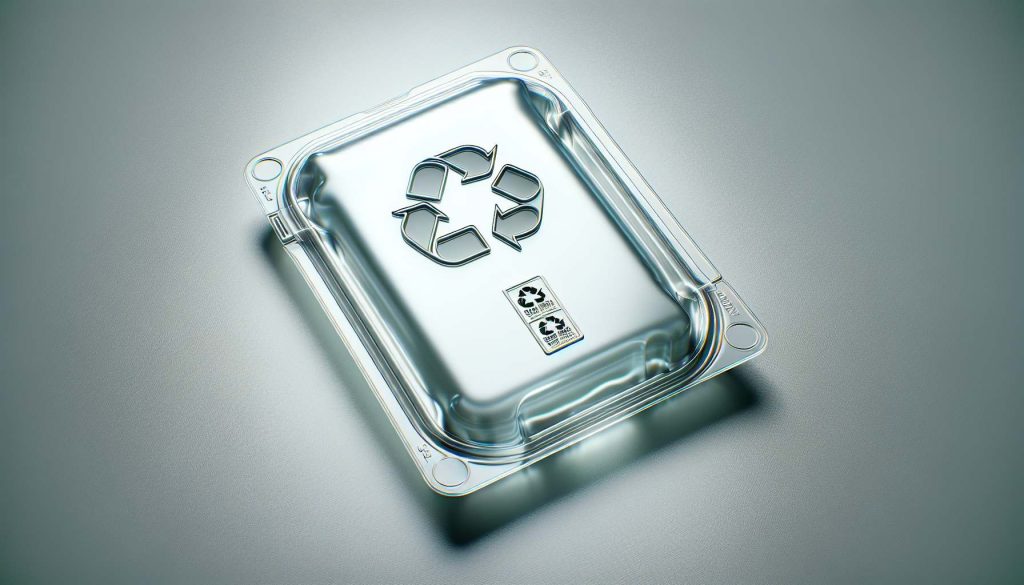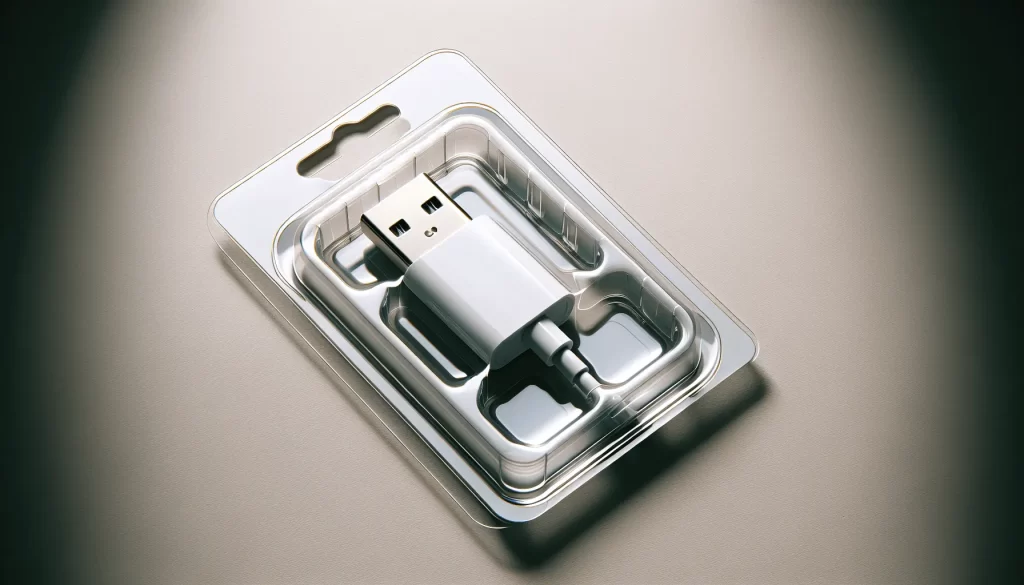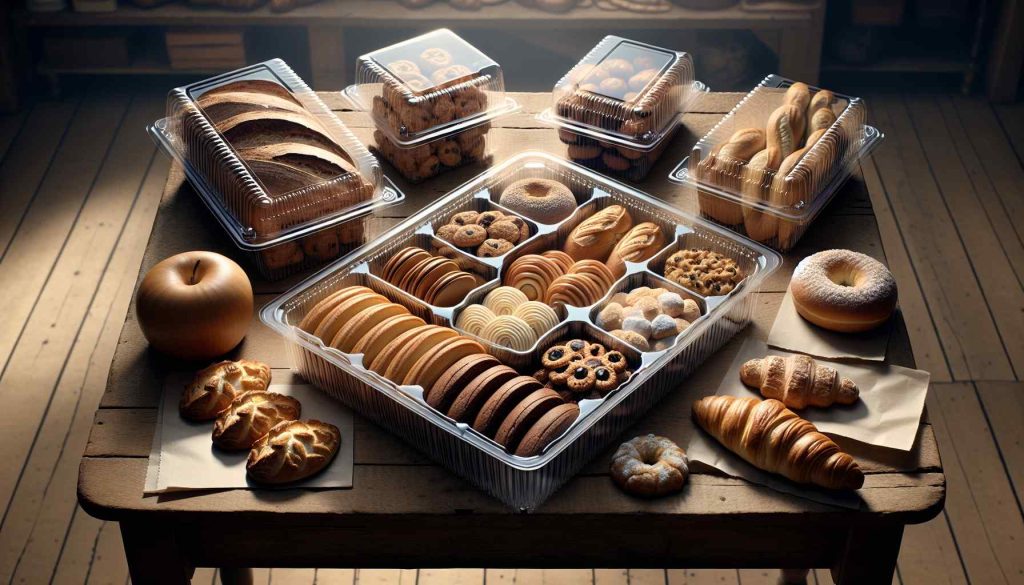Both blister packaging and clamshell packaging can contribute to plastic pollution if not properly managed. Here’s a breakdown of each type:
- Blister Packaging:
- Material: Typically made from a combination of plastic and paperboard or foil.
- Pollution Potential: The plastic component, often made from PVC or PET, is not biodegradable and can persist in the environment for many years. If not recycled, it can contribute to landfill waste and ocean pollution.
- Clamshell Packaging:
- Material: Usually made entirely from plastic, such as PET or PVC.
- Pollution Potential: Like blister packs, clamshells are not biodegradable and can accumulate in landfills and oceans if not properly recycled.
Reducing Impact:
- Recycling: Both types of packaging can be recycled, but the recycling rates for such materials are often low. It’s essential to check local recycling programs for accepted materials.
- Material Alternatives: Some companies are exploring biodegradable or compostable materials as alternatives to traditional plastics.
- Design Innovations: Redesigning packaging to use less material or incorporate recycled content can also reduce environmental impact.
In summary, while both blister and clamshell packaging have the potential to contribute to plastic pollution, proper disposal, recycling, and the development of alternative materials can help mitigate their environmental impact.

Custom and buy cheap packaging please contact us:
Whatsapp: https://wa.me/+8613570649762
Telegram: https://t.me/packagingcc
Whatsapp: https://wa.me/+8613570649762
Telegram: https://t.me/packagingcc

